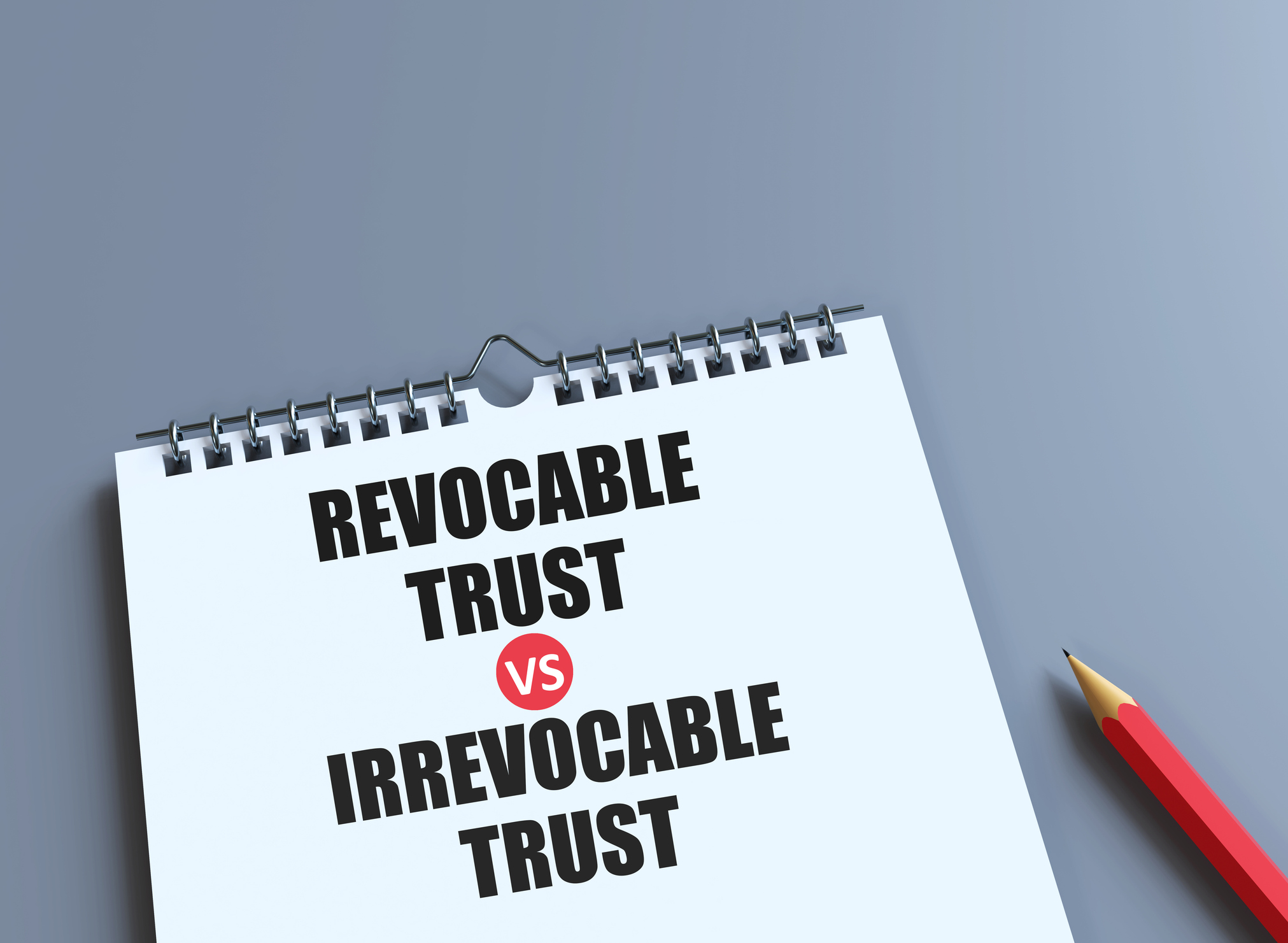8 Ways We're Using Less Oil
America will keep reducing its thirst for oil, both foreign and domestic.

Sure, the prices of crude oil -- and gasoline at the pump -- are through the roof, denting everyone’s pocketbook. TV pundits talk grimly about the nation's overdependence on oil from politically shaky parts of the world, including the Middle East and Africa -- and the potential for even more price spikes ahead.
What’s often overlooked is the fact that Americans are using less oil -- a trend that’s sure to continue. U.S. oil consumption peaked in 2005, at about 21 million barrels per day, a level we’ll never see again.
See the 8 Ways as aslide show.
Uncle Sam’s Tougher Fuel Economy Rules
By the 2016 model year, automakers will have to achieve average fuel economy for their passenger cars and light trucks of 34.1 miles per gallon, up from 27.3 mpg in the 2011 model year. The rule change means auto companies will have to improve their models’ fuel efficiency by 4.3% each year between now and 2016.
From just $107.88 $24.99 for Kiplinger Personal Finance
Become a smarter, better informed investor. Subscribe from just $107.88 $24.99, plus get up to 4 Special Issues

Sign up for Kiplinger’s Free Newsletters
Profit and prosper with the best of expert advice on investing, taxes, retirement, personal finance and more - straight to your e-mail.
Profit and prosper with the best of expert advice - straight to your e-mail.
And Washington isn’t stopping there -- regulators are working on even stricter rules for model years 2017 through 2025, with final targets expected to range from 47 to 62 mpg for cars and light trucks. These conservation moves spell a huge reduction in oil use.
Electric Cars. Who Needs Gasoline, Anyway?
Battery power promises to take fuel efficiency to the max, as automakers expand their offerings of conventional hybrid cars and roll out models that can run purely on electricity. The 50-mpg Toyota Prius, long the most recognizable hybrid on the road, faces increasing competition from models from Honda, Ford, Hyundai and other manufacturers.
Meanwhile, Nissan’s all-electric Leaf and Chevy’s plug-in hybrid Volt run on electrons and never or seldom need gas. Look for more manufacturers to join the electric-car fray in the next few years, particularly as battery costs decline.
Guzzlers, Out. Sippers, In
In response to rising consumer demand for higher fuel efficiency, automakers are designing downsized engines that keep horsepower up while cutting fuel consumption through the use of turbochargers, direct fuel injection and advanced transmissions with extra gears. Ford, Hyundai, Chevrolet and Honda have all recently introduced conventional gas-powered cars that achieve at least 40 mpg on EPA’s highway test cycle. These cars include models of Ford’s Fiesta and Focus, Chevrolet’s Cruze, Honda’s Civic and the Hyundai Elantra.
Until a year ago, the only gas-powered, nonhybrid car in the U.S that could manage that trick was Daimler’s smart fortwo, a tiny two-seater. Meanwhile, lots of older gas guzzlers were retired as part of Uncle Sam’s recent cash-for-clunkers program.
Fewer Miles on the Road
Before 2006, the total number of miles driven by U.S. drivers had grown every year since 1991. But five years ago, the trend reversed as the number of miles driven dropped slightly from 2005’s 1.7 trillion.
The trend continued into 2007 and accelerated dramatically in 2008 when expensive oil pushed gas prices over $4 per gallon. As the age-old axiom puts it: The cure for high prices is … high prices.
Your GPS
The widespread use of global positioning systems for finding the fastest, least-congested routes to work and other destinations is not an insignificant factor in America’s declining fuel consumption. Truckers are making the largest dent. The price of diesel fuel is truckers’ biggest cost, and with diesel fuel now more costly than gasoline, trucking firms are doing all they can to wring more miles out of each gallon. GPS is playing a big role, helping drivers drive smarter and conserve fuel.
Meanwhile, railroads -- also a user of diesel fuel -- are switching to lighter rail cars, more-efficient locomotives and friction-reducing rails to cut their consumption.
Smarter Tolls
More than half of all states already employ some form of electronic toll collection, which allows drivers to pay road tolls without having to stop and fumble for change to hand an attendant while wasting fuel and, in turn, causing fuel-wasting backups.
E-ZPass and other such electronic systems will grow more prevalent as cash-strapped states look for ways to cut toll collecting expenses, including salaries for toll collectors. It’s a small change that can save millions of gallons of fuel each year.
Switching to Natural Gas
Abundant supplies of natural gas in the U.S. spell a viable and growing alternative to oil. Today, there are about 110,000 vehicles running on natural gas in the U.S. Most are in light-duty commercial roles -- city buses, for example.
But vehicle use of natural gas is poised to soar in coming years as new fields are tapped, driving the price of natural gas to rock bottom. It’s cheap, too -- engines burning compressed natural gas cost less to operate than oil-powered models. Truckers are eyeing a switch to liquefied natural gas that produces the same power as big diesel engines at about $1.50 less per gallon.
Running on Corn and Garbage
Ethanol distilled from corn has already displaced about 10% of U.S. oil demand. That’s sure to go up, courtesy of the Environmental Protection Agency’s thumbs-up to a 50% increase in the amount of ethanol that refiners can blend into regular gasoline. Also helping the cause: Growing acceptance and use of E85 -- 85% ethanol and 15% gas -- in vehicles equipped with "flex fuel" engines.
Though cars running on E85 get fewer miles per fill-up, the cost of a gallon of E85 is now about 50¢ cheaper than a gallon of gasoline. That’s getting people’s attention. Biofuels will make even greater inroads as production expands from grains to nonfood materials such as algae, switchgrass and, yes, even household trash that’s now thrown into landfills.
Profit and prosper with the best of Kiplinger's advice on investing, taxes, retirement, personal finance and much more. Delivered daily. Enter your email in the box and click Sign Me Up.

Jim joined Kiplinger in December 2010, covering energy and commodities markets, autos, environment and sports business for The Kiplinger Letter. He is now the managing editor of The Kiplinger Letter and The Kiplinger Tax Letter. He also frequently appears on radio and podcasts to discuss the outlook for gasoline prices and new car technologies. Prior to joining Kiplinger, he covered federal grant funding and congressional appropriations for Thompson Publishing Group, writing for a range of print and online publications. He holds a BA in history from the University of Rochester.
-
 3 Major Changes to the Charitable Deduction in 2026
3 Major Changes to the Charitable Deduction in 2026Tax Breaks About 144 million Americans may qualify for the 2026 universal charity deduction, while high earners face new IRS limits. Here's what to know.
-
 Where to Stash Cash as Yields Fall, According to Advisers
Where to Stash Cash as Yields Fall, According to AdvisersYour best options depend on how soon you'll need the money and your tolerance for risk.
-
 Control vs Protection Quiz: Which Trust Do You Need?
Control vs Protection Quiz: Which Trust Do You Need?Quiz Take this simple quiz to discover whether a revocable or irrevocable trust should be the cornerstone of your estate plan.
-
 Special Report: The Future of American Politics
Special Report: The Future of American PoliticsThe Kiplinger Letter The Political Trends and Challenges that Will Define the Next Decade
-
 Disney’s Risky Acceptance of AI Videos
Disney’s Risky Acceptance of AI VideosThe Kiplinger Letter Disney will let fans run wild with AI-generated videos of its top characters. The move highlights the uneasy partnership between AI companies and Hollywood.
-
 AI Appliances Aren’t Exciting Buyers…Yet
AI Appliances Aren’t Exciting Buyers…YetThe Kiplinger Letter Artificial intelligence is being embedded into all sorts of appliances. Now sellers need to get customers to care about AI-powered laundry.
-
 What to Expect from the Global Economy in 2026
What to Expect from the Global Economy in 2026The Kiplinger Letter Economic growth across the globe will be highly uneven, with some major economies accelerating while others hit the brakes.
-
 The AI Boom Will Lift IT Spending Next Year
The AI Boom Will Lift IT Spending Next YearThe Kiplinger Letter 2026 will be one of strongest years for the IT industry since the PC boom and early days of the Web in the mid-1990s.
-
 Shoppers Hit the Brakes on EV Purchases After Tax Credits Expire
Shoppers Hit the Brakes on EV Purchases After Tax Credits ExpireThe Letter Electric cars are here to stay, but they'll have to compete harder to get shoppers interested without the federal tax credit.
-
 Amid Mounting Uncertainty: Five Forecasts About AI
Amid Mounting Uncertainty: Five Forecasts About AIThe Kiplinger Letter With the risk of overspending on AI data centers hotly debated, here are some forecasts about AI that we can make with some confidence.
-
 Worried About an AI Bubble? Here’s What You Need to Know
Worried About an AI Bubble? Here’s What You Need to KnowThe Kiplinger Letter Though AI is a transformative technology, it’s worth paying attention to the rising economic and financial risks. Here’s some guidance to navigate AI’s future.